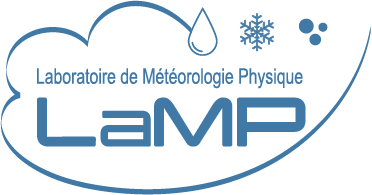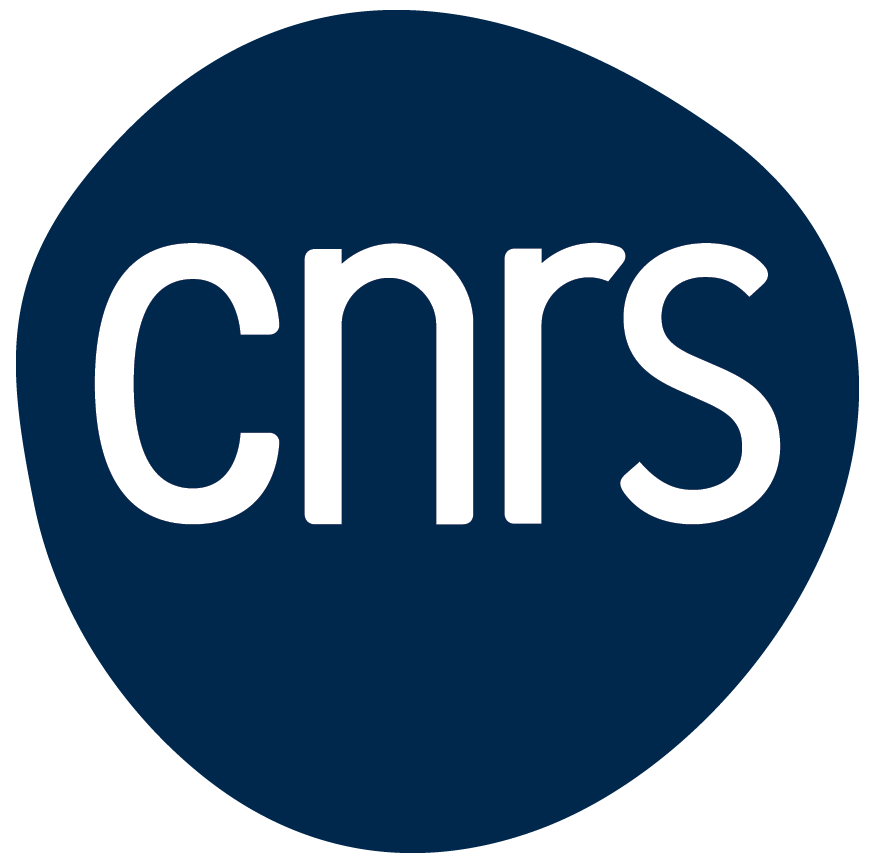Measurement Campaign RACLET -Exploring the Composition and Reactivity of Organic Matter in Cloud Conditions
Campagne de mesure RACLET - Exploration de la composition et de la réactivité de la matière organique dans des conditions nuageuses
Résumé
The composition of atmospheric organic matter is extremely complex and influenced by emissions, which can be natural (such as plant emissions) or anthropogenic (linked to human activity), but also by atmospheric transformations. Organic compounds react with the main atmospheric oxidants (ozone, hydroxyl radicals and nitrate) and undergo chemical aging in this environment in different forms: in gas, condensed on particles or even dissolved in cloud droplets. The equilibrium of organic matter is managed mainly by its physicochemical properties (i.e., volatility, polarity) and environmental conditions. The atmosphere also shelters the atmospheric microbiota (a diversity of microorganisms such as bacteria, yeasts or even molds), which degrades organic matter for their metabolism and produces new compounds. These biological processes in the atmosphere potentially rise to organic transformations that are still unknown.
To characterize the composition and reactivity of atmospheric organic matters in these three phases, a measurement campaign RACLET (Reactive gases, Aerosols and CLouds: Exploring organic matter Transformations) was organized by LaMP (Laboratoire de Météorologie Physique) and OPGC (Observatoire de la Physique du Globe de Clermont Ferrand) in April 2024 at the Puy de Dôme atmospheric observatory[1]. In addition to the on-going routine measurements at the observatory, the collaboration of several national and international laboratories, made it possible to deploy a wide range of state-of-the-art instruments to complete the measurement of chemical composition and meteorological conditions. These instruments included; two proton transfer mass spectrometers (PTR-Q-MS and PTR-Tof-MS), a CHemical Analysis of aeRosol ON-line module (CHARON), an Aerosol Composition and Speciation Monitor (ACSM), a fog monitor (DMT), a snow particle counter (ST Niigata), a direct optical measurement of bioaerosols (WIBS), TEM collector, a recent in-situ aerosol instrument (SMPS), and two Formaldehyde instruments (Aerolaser and PICARRO). Lidar measurements and multi-frequency radar measurements were performed at Cézeaux and Opme to characterize the vertical and horizontal extensions of the clouds sampled at puy de Dôme and of the dust event. The dynamical context was also characterized by retro trajectory calculations throughout the entire period duration of the campaign with CAT - ECMWF ERA5.
Domaines
Océan, Atmosphère
Fichier principal
 8th sino french workshop Bordeaux RACLET poster.pdf (2.08 Mo)
Télécharger le fichier
8th sino french workshop Bordeaux RACLET poster.pdf (2.08 Mo)
Télécharger le fichier
| Origine | Fichiers produits par l'(les) auteur(s) |
|---|---|
| licence |





